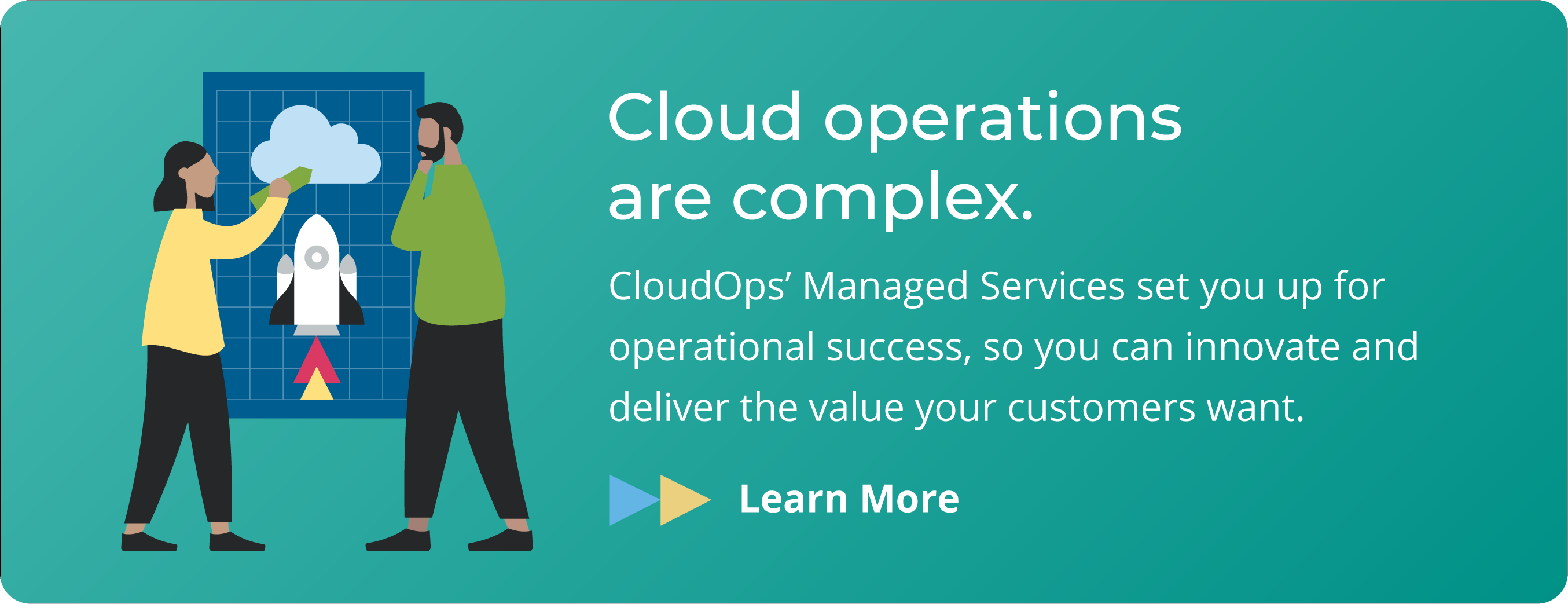How Canadian Businesses Can Own Their Destinies in the Cloud

It has been fifteen years since Amazon opened the Pandora’s box that is the cloud, creating opportunities to right-size infrastructure investment and deliver just-in-time IT services. There has since been a rapid expansion of cloud technologies, with a rich ecosystem developing in the US and globally. Canadian businesses have been overcoming the challenges of incumbent legacy vendors, insufficient investments in cloud, and confusion around data sovereignty.
A few key cloud concepts to consider are:
- Today’s world is multi cloud, and services are programmatically composed like lego blocks, kits, and thriving metropolises.
- Regional and edge clouds can help organizations manage the control of their data and the sovereignty of their applications, platforms and infrastructure.
- Maintaining freedom to operate and innovate requires managing vendor reliance, which is inevitable but can be mitigated with a carefully considered strategy.
- Cloud computing is enabled by open source technologies, but most IT still runs on proprietary platforms.There are still unrealized economic benefits of transformation.
- Cloud computing is more of an operating model and even a culture than a technology. The leadership and skills needed to be successful are in short supply.
- Once an organization has understood and begun implementing a technology, the landscape is already shifting underneath its foundation.
So how do Canadian businesses overcome the challenges of an evolving cloud ecosystem?
1. Telcos hold a key to low-latency cloud adoption
In Canada, the cost of mobile bandwidth is multiples of what it is south of the border. When the cost of reaching services is higher than the service itself, its adoption will be delayed. In this way, Telcos could hold back our adoption of new low-latency services and our ability to innovate. If Telcos make the right investments in their edge-to-cloud offerings, they could hold the key to unlocking the innovation of many new Canadian-made applications and businesses.
2. Compliance is a challenging part of cloud operations
Between the demands of IoT and other edge computing use cases, compliance with data regulation and sovereignty, one cloud to control all your data is not a practical solution for the vast majority of businesses. Planning, architecting and operating with a multi-cloud approach is key to navigating the cloud native landscape successfully in the mid-long term. All complex organizations must use many different clouds for different workloads, each of which can have very different characteristics. This leads to enormous operational complexity.
3. Keep on top of the latest data regulations
While public clouds offer robust tool sets for developers, the responsibility for compliance and data security ultimately falls on the independent software vendors (ISVs), who are building and operating applications on the cloud. Within Canada, PIPEDA (Personal Information Protection and Electronic Documents Act) requires companies to obtain permission from individuals before collecting personal information. However, Alberta, British Columbia, and Quebec each have their own privacy laws that complement PIPEDA. Information flowing into Europe becomes subject to GDPR (General Data Protection Regulation), and various other states have their own similar laws. Compliance and data security cannot be ignored and affect the ways information can travel within and across borders and has to be managed accordingly.
In the past, there was a focus on how cloud computing can help us pool resources, improve time-to-market, lower IT risk, and optimize costs. COVID-19 has since accelerated the need to adopt cloud services, as businesses must deliver products and services that suit today’s remote-first world. Factors such as flexibility, availability, disaster recovery, and resiliency have become more important than ever. It’s no longer sufficient to merely use the cloud. Businesses must find ways to keep up with the ever-evolving cloud ecosystem, while reserving the right to affect change whenever necessary.
CloudOps’ services build, operate, and transfer value for our customers. With fifteen years of industry experience, our teams of experts have a wealth of collective knowledge that help us guide the evolution of our customer’s application platform and cloud technologies. Contact us to learn more.

